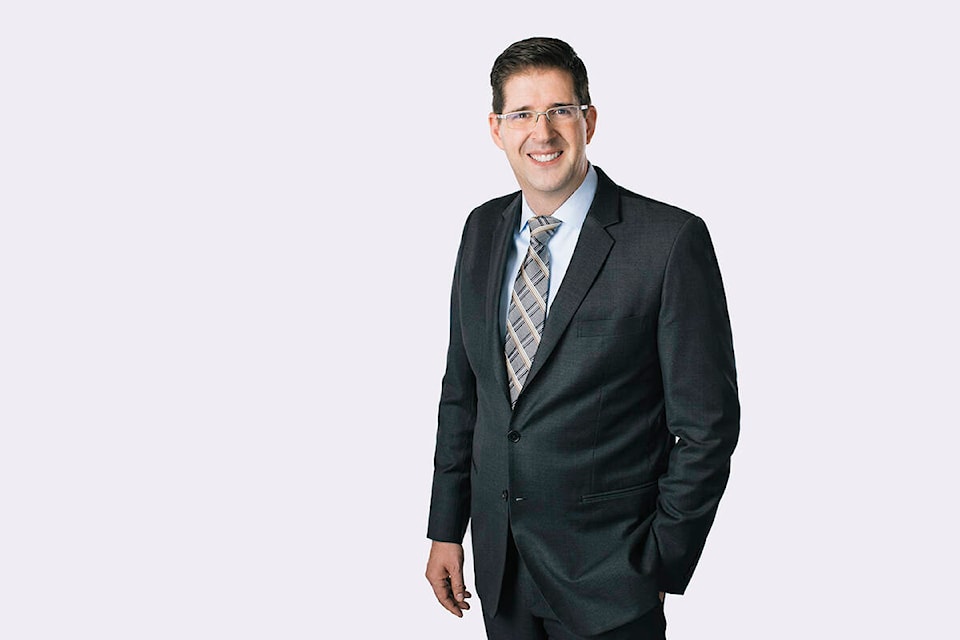Last month, White Rock Senior Wealth Advisor Dave Lee explained the differences between two common types of Canadian employer pensions: defined benefit (DB plans) and defined contribution pensions (DC plans).
Now we’re continuing the conversation with a look at how to incorporate an employer pension into your retirement plan.
Dangerous misconceptions
“Too many Canadians make the wildly incorrect assumption that the contribution amount their employer has promised will be sufficient for their retirement,” Dave says.
Defined contributions can be set as a very small percentage of your income, and even if employee and employer contributions are matched to double the amount going in, for most Canadians that won’t be enough savings to ensure a comfortable retirement, even when combined with Canada Pension Plan and Old Age Security pensions.
“Consider a plan where the employee and employer each contribute 5 per cent. That’s 10 per cent in total, which means it will take a decade to set aside one year’s income. DC plan investment returns need to be very strong to securely retire at the same age as those with DB plans typically retire,” Dave says.
Another misconception? That the default investment selection made by your employer will be right for you.
“Many people decide to leave their pension in the default investment set up by their employer. But if that investment has a low rate of return, they may end up with much less money in retirement than those who are proactive and make wiser choices,” Dave says.
Take an active role in retirement planning
Don’t assume that your defined contribution pension will be adequate for your retirement. Create a budget, do your research, consult with an advisor and determine how much you need to save.
“There’s more than one way to reach financial independence, whether you invest in a TFSA, purchase a rental property or explore other options. But only those with the most generous DC plans will be able to retire without supplementing it,” Dave says.
Deciding the ideal age to start your retirement
Close to retirement, those with DB plans receive a menu of guaranteed income options to select from. Those with DC plans have a lot more to consider: the total dollars in their pension, the savings and performance of other retirement investments, expected retirement expenses, and even how long you might live just to name a few.
“If the market takes a dip the first year after you retire, you might second-guess yourself. A good financial planner can help account for all of the variables,” Dave says.
Those with defined benefit pensions can rest assured that payments will continue throughout retirement — if you splurge on one cheque, another will be coming soon! Those with defined contribution pensions and retirement savings don’t have the same luxury.
“There’s a greater level of personal responsibility. Seek out professional advice, optimize your investments and learn as much as you can. With knowledge and discipline, you can build your own safety net,” Dave says.
Enjoying these articles? Visit www.dave-lee.ca/publications to read more.
Dave Lee CIM, CFP, FCSI is a Senior Wealth Advisor with Scotia Wealth Management in White Rock. He can be reached at dave.lee@scotiawealth.com or 604.535.4743
ScotiaMcLeod, a division of Scotia Capital Inc.
